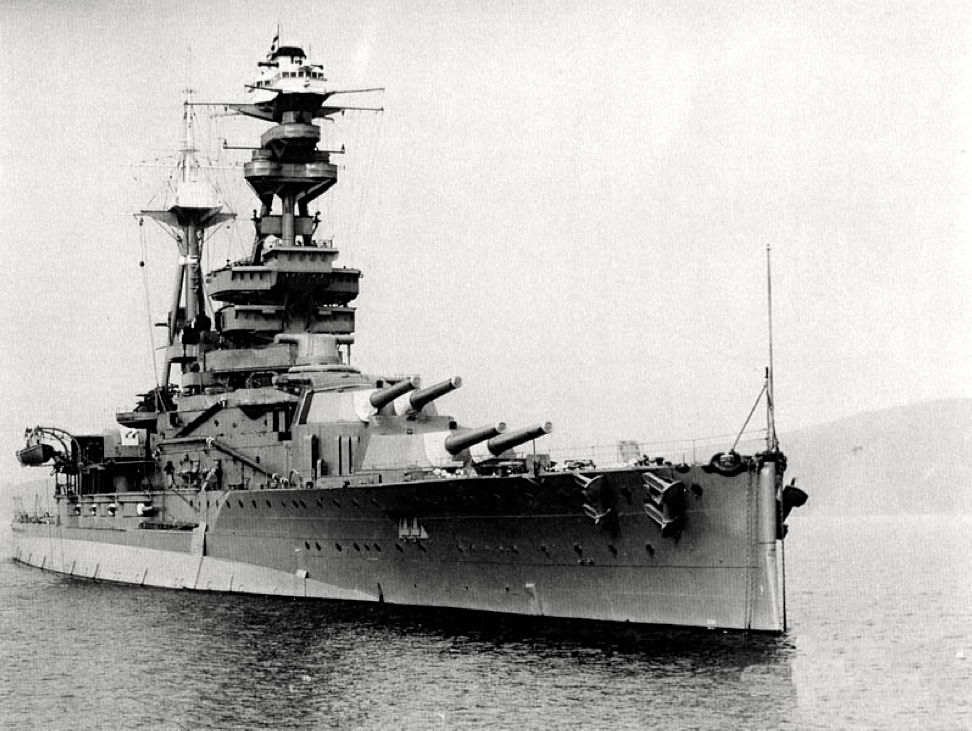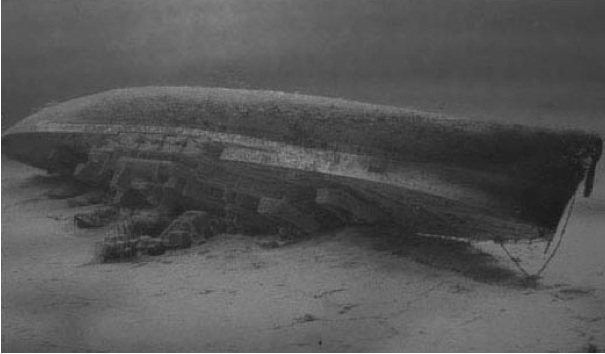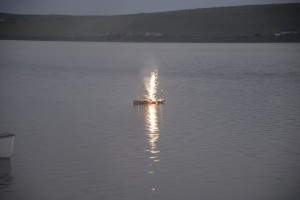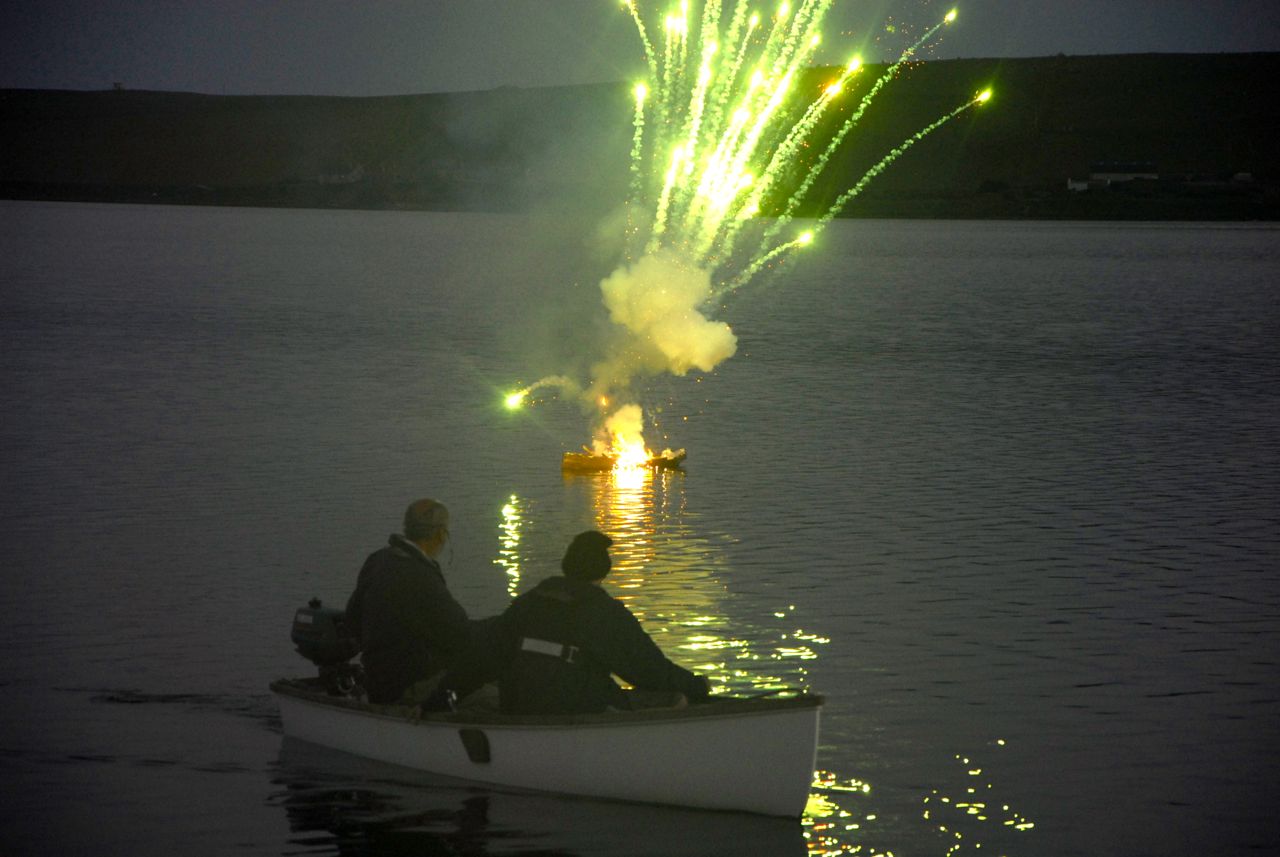This is an indulgence. If you are not a child at heart, and not tutored in Commando Battle Action Comics, Rider Haggard, Alistair Maclean, and G. A Henty you need to follow these instructions:
• Adopt a crouching position, count to ten, and then fall over.
• You then will have assumed the profile of a parachutist reluctantly bailing out of your Spitfire, just like old ‘tin-legs’ Bader.
• Right, Good!!.
• We have established a sympathetic mood.
This is all about spending billions of dollars on Battleships, or Collins Class Submarines, Joint Strike Fighters, F1-11‘s, Brewster Buffalos and onwards, the list of arms races fades into history. Read on.
Towards the close of the nineteenth century the German Grand Admiral, Alfred von Tirpitz, having captured the imagination and support of the newly unified German peoples through the German Navy League, (funded in large part by Krupps, the steel and engineering conglomerate – six decades before Eisenhower mentioned the “Military-Industrial Complex), became the principal architect of the boldly named ‘German High Seas Fleet’. Tirpitz, among others, wrested influence from the Euro-centric Bismarck, using widespread European disgust at Imperial Britain’s bully-boy tactics in southern and northern Africa (and elsewhere) as a lever, and encouraged Germany to become a world power.
In the twenty years from 1894 to 1914 Germany went from having virtually no navy to having the second largest in the world. Built of new ships, with superior steel and with superior designs, this fleet, supported by a quickly growing submarine fleet put a fear into the British, a fear they had not known for more than a century. However the German leaders did not have complete confidence in their navy, and lost the First World War with their land forces once the United States entered the fray in April 1917.
The Armistice (11/11/1918) saw the imprisonment of 74 ships of the German High Seas Fleet in Scapa Flow, a deep water natural harbour in the Orkney Islands, just north of Scotland. Here at last, after five long years of war, the most stunning asset from the vanquished was at the victors feet. And then, on 21st june 1919, GONE. Scuttled under the very eyes of the guarding British Navy. As a sullen riposte to the victorious, the bumptious, the greedy and the embittered it remains unsurpassed! Admiral Ludwig von Reuter, (German Commanding Officer) defiant at Scapa Flow, proved for two reasons the depth of German humour. By scuttling the entire fleet he aided the British and angered the French and Italians. They, the French, having opted out of being a first line naval power since 1805 wanted those ships. As did the Italians. They were worth having, materially and symbolically. The British wanted no Naval competition.
HMS Royal Oak, 13 Oct 1939
Just over twenty years later, on 14th October 1939, the Germans laughed again. Gunther Prien in U 47 crept into Scapa Flow and took a pot shot at one of those battleships that had once stood guard there with guns armed and trained on the proud German Fleet. HMS Royal Oak (A Revenge-class Battleship) sank almost immediately, and without a murmur, U 47 made its way back to safety, Germany and a heroes welcome. A punchline twenty years in the crafting, the teutonic, “Ve haf returned”.
HMS Royal Oak 14 Oct 1939
As we anchored in Scapa Flow in July of 2013 we knew that the the embodiment of “Blood and Iron” were the silent hulks of battleships quietly rusting beneath us. We were building our own commemorative fleet from cardboard and masking tape. I had endured a paper cut. I now understood the importance of blood “spilt for country”.
At 11 pm on that cool summers night, as a pale sun slipped beneath the horizon we put our commemorative flotilla onto the stilled waters of Scapa Flow. We knew beneath us the fleet waited as it had waited almost a century without recognition, nor the honour of acknowledgement.
 The first vessel to go, a large battleship, fireworks strategically placed fore and aft blew up, and burnt to the water line. Then followed a cruiser, back broken from a central blast, showering sparks from a Roman Candle, gracefully sinking.
The first vessel to go, a large battleship, fireworks strategically placed fore and aft blew up, and burnt to the water line. Then followed a cruiser, back broken from a central blast, showering sparks from a Roman Candle, gracefully sinking.
U47 drifted off burning at the stern, but somehow remaining buoyant.
And so, with a toast, our commemoration of the scuttling was concluded. We trust those ships may find comfort in a new found camaraderie of cardboard and masking tape. We owed them this much, in acknowledgement of all they are now worth. Not ‘Blood and Iron’, but ‘soggy cardboard’, and burnt paper.


Pingback: Weekly Wrap 5 August 2013 | pcbycp